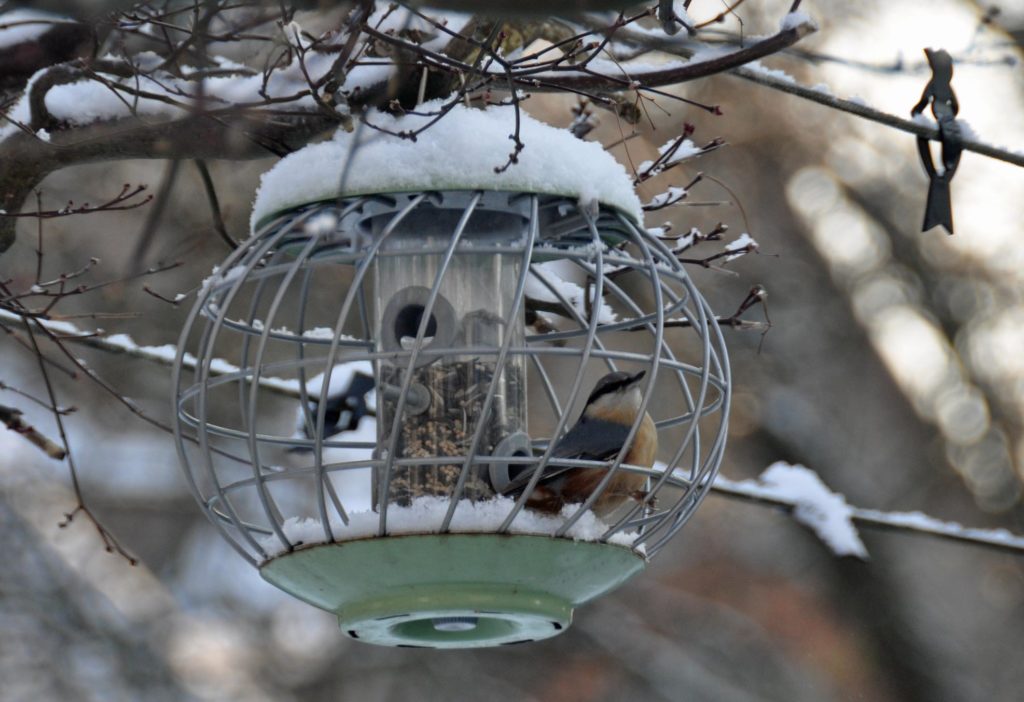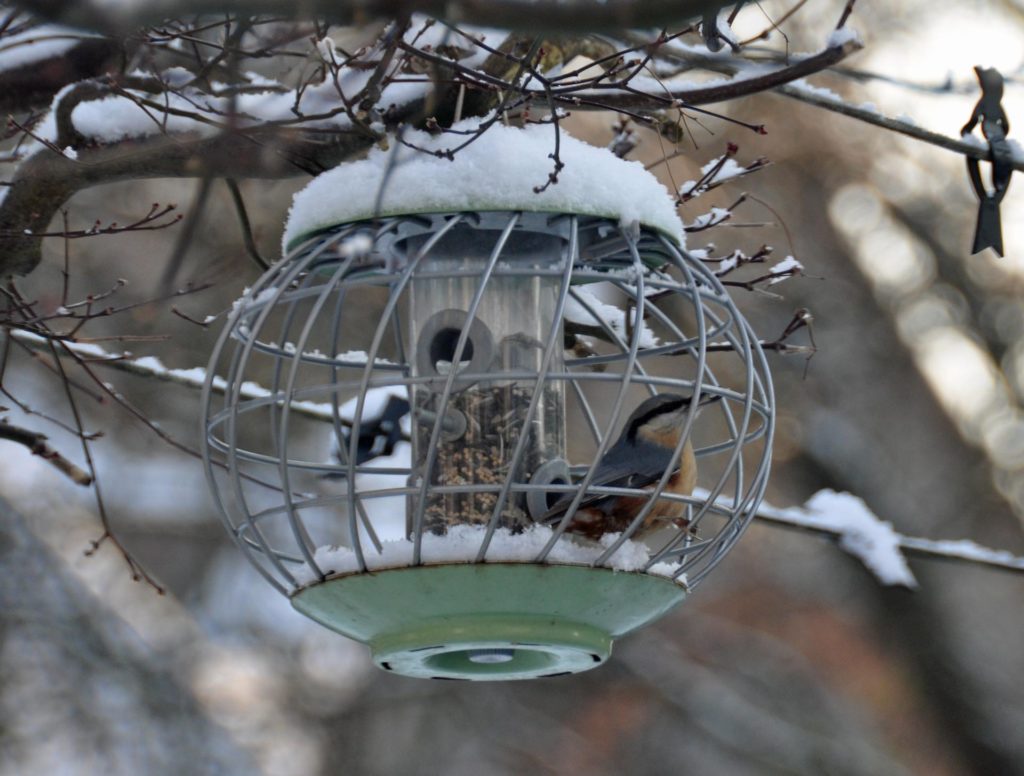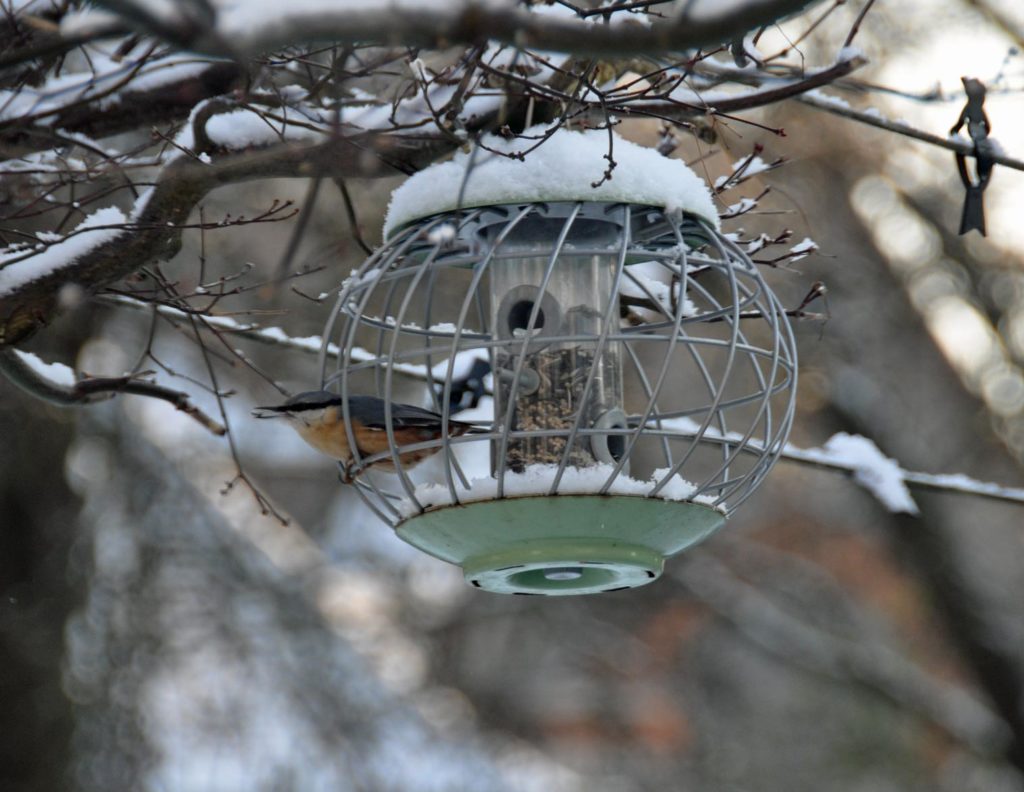All my babies are home. One of them is back from university and staring an internship to try and get some job experience, the other is in the middle of her A levels.
The first exam went okay, not great not disastrous: the second slightly worse as she ran out of time maybe leaving as many as 30% of the questions. She’s sick before and during her second exam (Chemistry). We head to the doctors to get a sick note that basically says nothing but records the fact she’s vomited her way through an exam and symptoms have now cleared.
The day before the third exam day (two in one, a resit of Mechanics and Further Pure Maths) the meltdown arrived.
“I feel like killing myself”
Please let me skip the further maths exam”
“After that last exam I thought seriously about throwing myself under a bus”
“I can just resit them all next year”
“It’s like when I was having really dark thoughts, and feeling really sad. When I thought about ending it all by drinking bleach”
“I’m going to fail so why bother. I might as well just not sit that exam and resit next Summer”
It was essentially a pained and painful litany of “I’m going to get a U. I’m fucked & let’s talk about the last time I got depressed and tried to kill myself (news to me). And yet bizarrely she was also saying it’s not about the exams per se, just the fact that she’s badly prepared for them. As if that wasn’t true of every person sitting an exam.
So all very intense and dark.
And I found myself having two quite different conversations: Yes, there is the possibility of re-sitting exams if necessary. There is also the possibility of going through university clearing to find a course that takes lower grades than the ones she’s currently listed on UCAS (minimum AAA).
But fundamentally being poorly prepared for an exam is her responsibility (possibly her outrageously expensive school’s responsibility also who have predicted A*A*AA). And if sitting exams makes her this miserable, maybe she needs to think twice about going to university which will be full of exams, especially for a degree like engineering. So maybe she should think about a different route, say an apprenticeship, which will take a lot longer, probably be less stressful, but could take her to an engineering qualification (HND or better) with a decent company.
& maybe she needs to get over herself a little bit because there are plenty of kids out there who don’t get three A levels at high grades. One of her friends from primary school is only sitting two A levels, will take some time for travel but then basically try to find a job and make her own way in the world. None of this makes her worth less, none of it makes her stupid or uninteresting. She just isn’t academic and suited to exams.
And then I called a therapist.
Because it’s scary when your child is this unhappy. Her father tells me that all teenagers have dark thoughts, and that the openess about mental health issues in our social group has given kids a language to use that is almost more scary than bottling it all up.
I’m not convinced.
So she goes off to her exam and I decide to collect her from school – suddenly it feels unsafe to have her coming home alone.
And she tells me that she’s glad she went and sat the exams, that the mechanics re-sit went well. Whilst the Further Pure Maths Exam was a disaster (she reckons she may have got around 40%) it was better than zero so worthwhile working through it. And I suppose the truth is that it’s never as bad as you expect, and even if it is bad, it eventually ends and we get to move forwards.
Trite but true.
And my baby worked consistently for her next exam, Physics, which again she ran out of time to complete.
And we talked to the therapist who doesn’t have space for my girl but maybe could recommend. She’s happy to offer her dad and I an appointment (not sure what that achieves) but she seems to feel that if we have the situation contained then we’re good but then maybe we need some help. how do we know if we have the situation contained? She said she’d thought of drinking bleach – how can that ever be contained FFS.
And we talked to her school who will sit down with us all once all the exams are out of the way. They’ll talk us through the process for clearing and be sure to have someone available when we come for our results. They’ll talk to us about re-sits which they don’t do at the school but can recommend colleges where either you just sit the exams in the Summer, or one which involves actual tuition.
And we looked up available apprenticeships, and it turns out there’s one not a million miles away with a reputable company but it requires an application to be filed mid-month. Maybe we should make the application and see ho the cards fall.
Really it all depends on what she thinks has gone wrong and whether it’s something that a re-sit would address.
Meanwhile the therapist has asked whether we think our doctor needs to be informed.
































